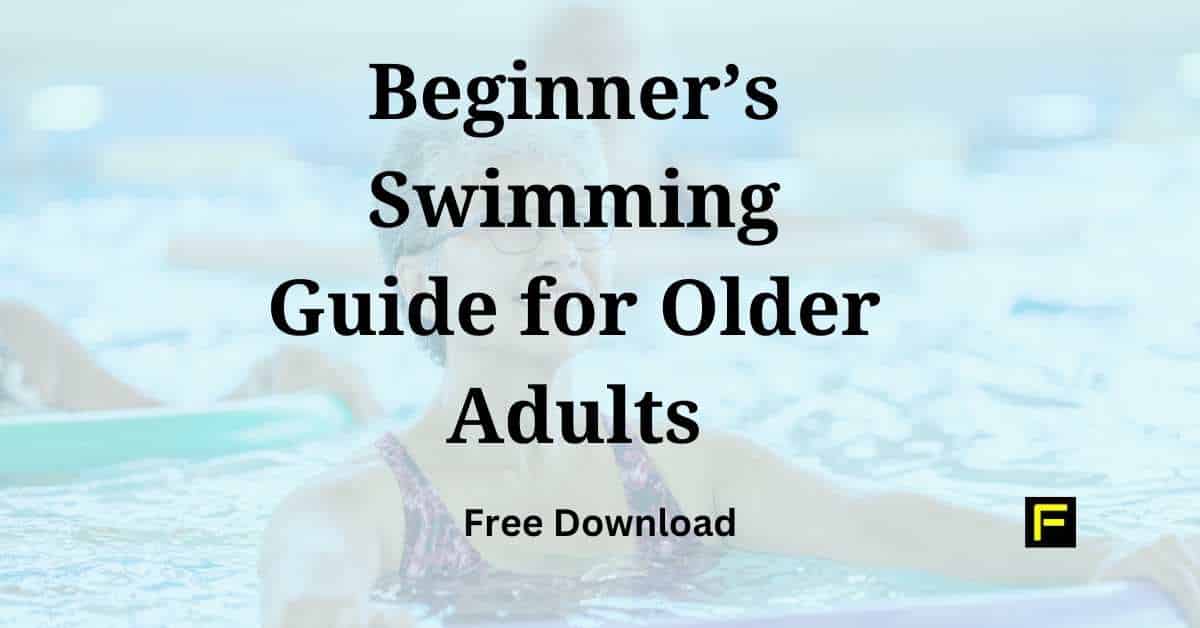Swimming is one of the best exercises for older adults. It’s gentle on the joints, improves heart health, and strengthens muscles without the stress of high-impact activities like running or aerobics. Whether you want to improve fitness, ease joint pain, or enjoy a fun, social workout, swimming is the perfect choice.
? Why Swimming Over Other Exercises?
Compared to land-based workouts, swimming offers unique benefits:
| Feature | Swimming | Running | Aerobics | Walking |
|---|---|---|---|---|
| Impact on Joints | Low (water supports body weight) | High (stress on knees and hips) | Moderate (repetitive impact) | Low (but less muscle engagement) |
| Cardio Benefit | Excellent | Excellent | Good | Moderate |
| Muscle Toning | Full-body | Lower body only | Partial | Lower body only |
| Calorie Burn | High (400–500/hr) | High (500–600/hr) | Moderate (300–400/hr) | Low (200–300/hr) |
| Fall Risk | Very low (buoyancy prevents falls) | Moderate | Moderate | Low |
? Health Benefits of Swimming for Older Adults
- Joint-Friendly: Water reduces body weight by up to 90%, easing pressure on knees, hips, and the back.
- Heart Health: Swimming improves circulation and lowers blood pressure.
- Muscle Strength: Water resistance builds strength without strain.
- Flexibility & Balance: Gentle stretches in water improve range of motion.
- Mental Well-Being: The calming nature of water reduces stress.
- Improved Lung Function: Swimming increases lung capacity and breathing efficiency.
? What You’ll Need to Get Started
- Swimsuit: Comfortable and easy to move in.
- Goggles: Protects your eyes and improves visibility.
- Swim Cap (Optional): Keeps hair out of your face.
- Kickboard or Noodle: Great for support while practicing kicks.
- Water Shoes (Optional): For extra grip and comfort.
? Setting Your Fitness Goals
Define your goals based on what you want to achieve:
| Goal | Example Target | Timeline |
|---|---|---|
| Cardio Health | Swim continuously for 10 minutes | 4–6 weeks |
| Strength | Complete 5 laps with a kickboard | 6–8 weeks |
| Weight Loss | Swim 3 times per week, 30 min each | Ongoing |
| Mobility | Perform water stretches 3 times a week | 4 weeks |
? 8-Week Beginner Swimming Program
Frequency: 3 times per week
Duration: 20–30 minutes per session
? Weeks 1–2: Building Water Confidence
- Water walking in the shallow end (5 minutes)
- Floating practice (2 minutes on back, 2 minutes on stomach)
- Flutter kicks while holding the pool wall (3 x 30 seconds)
- Rest and stretch (5 minutes)
? Weeks 3–4: Basic Stroke Development
- Water walking (5 minutes)
- Freestyle arms with kickboard (3 x 25 yards)
- Backstroke practice (2 x 25 yards)
- Treading water (30 seconds x 3)
- Cool down (gentle stretching, 5 minutes)
? Weeks 5–6: Improving Endurance
- Water warm-up (5 minutes)
- Freestyle swimming (3 x 50 yards, rest 30 seconds between)
- Kickboard kicking (3 x 25 yards)
- Breaststroke practice (2 x 25 yards)
- Cool down (gentle stretching, 5 minutes)
? Weeks 7–8: Building Strength and Stamina
- Warm-up with water walking and stretches (5 minutes)
- Swim 100 yards continuously (freestyle or breaststroke)
- Kickboard flutter kicks (3 x 50 yards)
- Tread water for 1 minute
- Cool down (5 minutes)
⚠️ Safety Tips
- Swim in a supervised pool.
- Take breaks if you feel tired.
- Stay hydrated, even when swimming.
- Use the pool ladder for safe entry and exit.
? Staying Motivated
- Track your progress (laps, time, and endurance).
- Swim with a friend or join a class for older adults.
- Celebrate milestones, like swimming your first full lap.
Staying Committed: Building a Sustainable Swimming Routine
Sticking to a new exercise routine can be challenging, but swimming offers a refreshing, low-pressure way to stay active. The key is to approach it with realistic goals, a clear schedule, and an understanding of how each session contributes to your overall health. Here’s how to make swimming a long-term habit.
?️ 1. Set Realistic Fitness Goals
Swimming can help you achieve various health goals, but it’s important to define what success looks like for you. Some common goals include:
- Improved Cardiovascular Health: Aim to swim continuously for 10 minutes without stopping.
- Increased Strength: Work toward swimming 5 laps using a kickboard without resting.
- Weight Loss: Swim 3 times a week for 30 minutes each session.
- Better Mobility: Practice water stretches and gentle exercises 3 times a week.
Set short-term milestones along the way. For example, if your goal is to swim 10 minutes non-stop, start with 2-minute intervals and gradually increase your time.
? 2. Create a Weekly Swimming Schedule
Consistency matters more than intensity. Aim for 3 sessions per week, each lasting 20 to 30 minutes. Here’s a sample weekly plan:
- Monday: 5-minute warm-up, 10 minutes swimming, 5-minute cool-down
- Wednesday: 5 minutes water walking, 10 minutes stroke practice, 5 minutes stretching
- Friday: 15 minutes continuous swimming, 5 minutes stretching
If you’re just starting, it’s okay to swim for shorter periods and build up. The water’s buoyancy reduces strain, so you can exercise longer without feeling exhausted.
? Ready to dive in? With consistent practice, you’ll improve strength, flexibility, and heart health while enjoying a safe, low-impact workout. Swimming can become a lifelong activity that keeps you fit and energized well into the future.
Download Your Beginner’s Swimming Guide PDF
Get a printable version of this plan to track your progress. Stick it on your fridge or take it on the go!
? Download Beginner’s Swimming Guide for Older Adults PDF
? Download Your Swimming Training Log PDF
Looking for your next fitness goal? See all of our training guides
